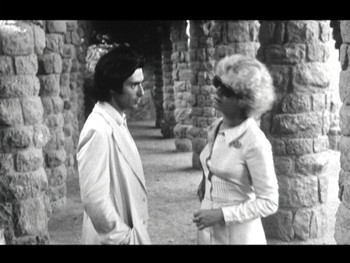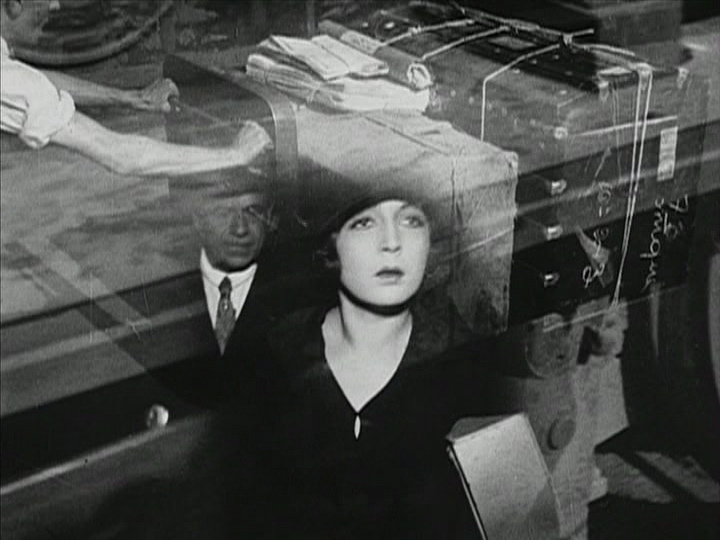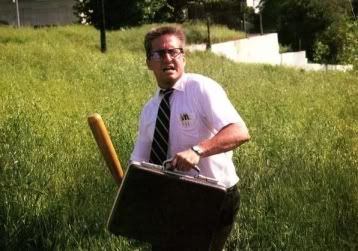
Bardelys the Magnificent (1926) marks Gilbert's fifth collaboration with director King Vidor, who also led Glibert to two of his greatest triumphs with The Big Parade (1925) and La Boheme (1926), breaking him out of the “pretty boy” mould and giving him challenging, meaty roles which brought his hitherto untapped acting potential. Vidor, similarly an unfortunately forgotten figure, was one of the top filmmakers of the 1920s, with a rarely equaled gift for naturalistic yet poetic storytelling, effortlessly moving between comedy, romance, drama and — as Bardelys the Magnificent proves — action, as well. A comic swashbuckler in the Douglas Fairbanks tradition (and one of the few that actually deserves the comparison and rivals any of the master's own films), Bardelys the Magnificent features Gilbert as a notorious ladykiller of the court, handing out lockets with snippets of his hair (which really come from a wig) like there's no tomorrow. When his abilities to win any woman are challenged, Gilbert masquerades as a wanted rebel in order to win the damsel’s hand. Unfortunately, he also wins the attention of the law, who want to hang him for his crimes against the king.
Read my full review of Bardelys the Magnificent here at The L Magazine.










